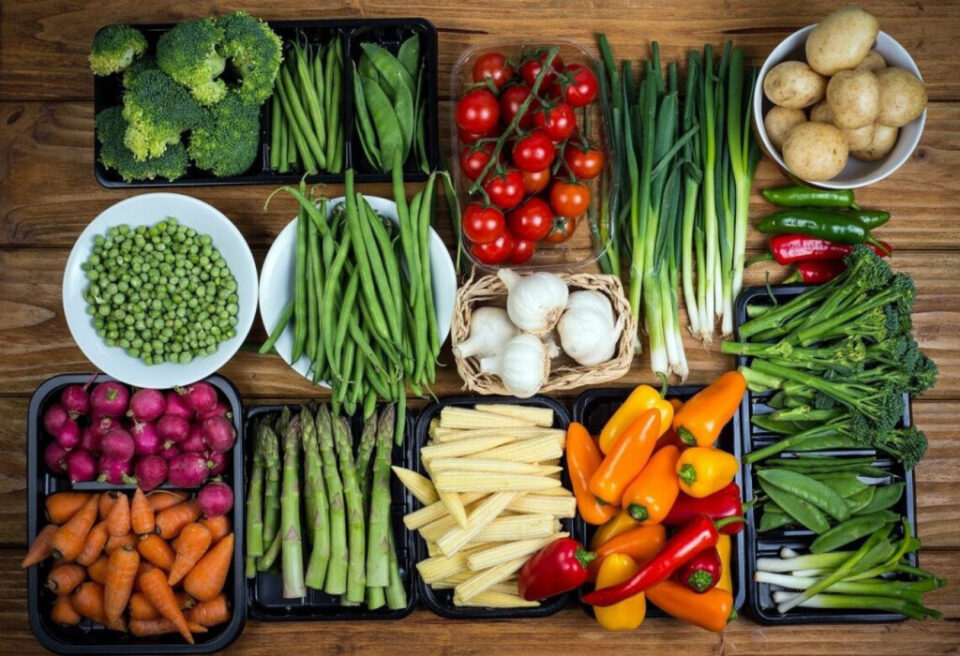“The eastern part of the EU has been increasing its fruit and vegetable imports much faster than the older EU member states. When accounting for average inflation over the past five years, it becomes evident that the EU-15 is actually decreasing its fruit and vegetable imports,” said Andriy Yarmak, FAO Economist, during the online training “Navigating the Eastern European fresh produce market. Opportunities for Egypt and Morocco”, organized by FAO/EBRD for around 100 Egyptian and Moroccan exporters on October 1, 2024, EastFruit informs.

In recent years, countries such as Poland, Romania, the Czech Republic, Slovakia, and the Baltic states – targeted for the next trade mission of Egyptian and Moroccan suppliers – have been increasing their fruit and vegetable imports by approximately 2% annually. Meanwhile, the older EU states, which are currently the primary focus of North African exporters, have been reducing their imports by more than 1% per year. “The trade data speaks for itself. Targeting Eastern Europe means you don’t have to displace existing market players; you simply need to meet the growing demand,” added Andriy Yarmak.
Eastern Europe represents a significant market with around 111 million consumers who share similar consumption habits, preferences, and tastes, unified into one large trade zone either within the EU or through FTA agreements. The economic growth of countries such as Poland and Romania is expected to surpass both global and EU averages. The region annually imports about 1.5 million tonnes of citrus fruits, 800,000 tonnes of potatoes and onions, around 500,000 tonnes of tomatoes, and over 200,000 tonnes of sweet peppers, among other products. Many import categories, such as avocados, sweet potatoes, watermelons, and fresh and frozen berries, are showing rapid growth rates.
Both Egypt and Morocco have already established a significant presence in the Eastern European market, although the full potential has yet to be realized. In November, the FAO/EBRD Project “Food Security Package SEMED – Diversifying and adding value to export markets” will organize the trade mission of Egyptian and Moroccan fruit and vegetable suppliers to Warsaw, Poland, to meet in person largest buyers of fruits and vegetables from Eastern Europe.
Exporters are also encouraged to familiarize themselves with the following pre-mission materials:
· video-recording of the training on navigating the Eastern European fresh produce market
· an in-depth video-presentation of the Polish market specifics and requirements
The use of the site materials is free if there is a direct and open for search engines hyperlink to a specific publication of the East-Fruit.com website.




